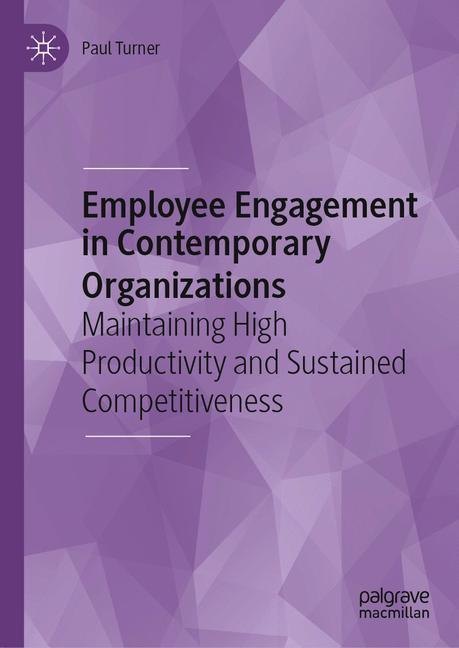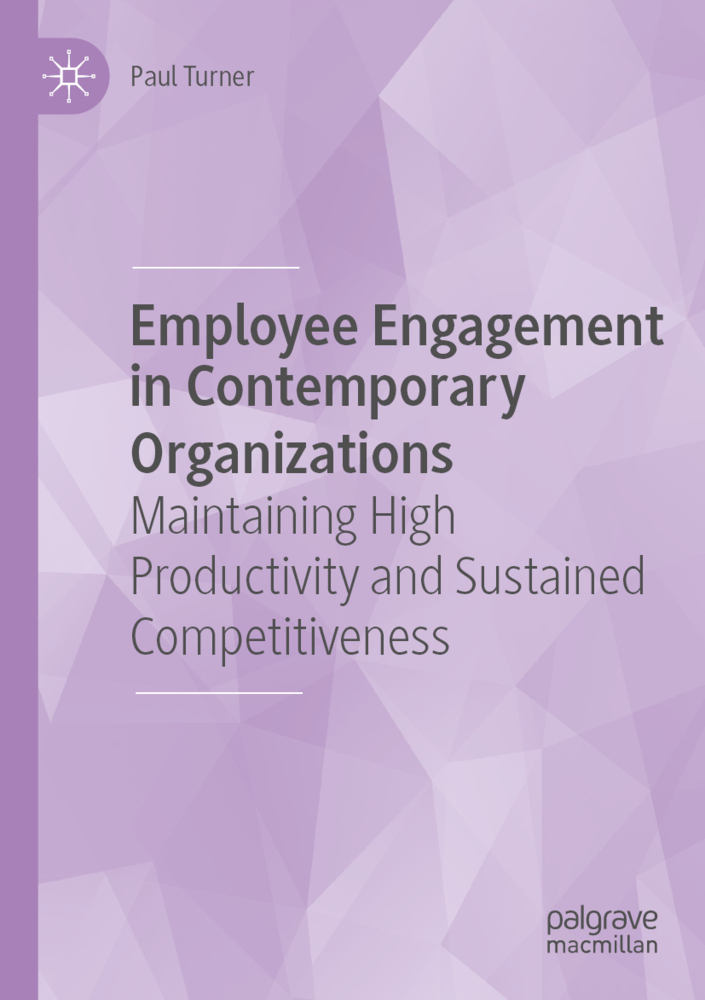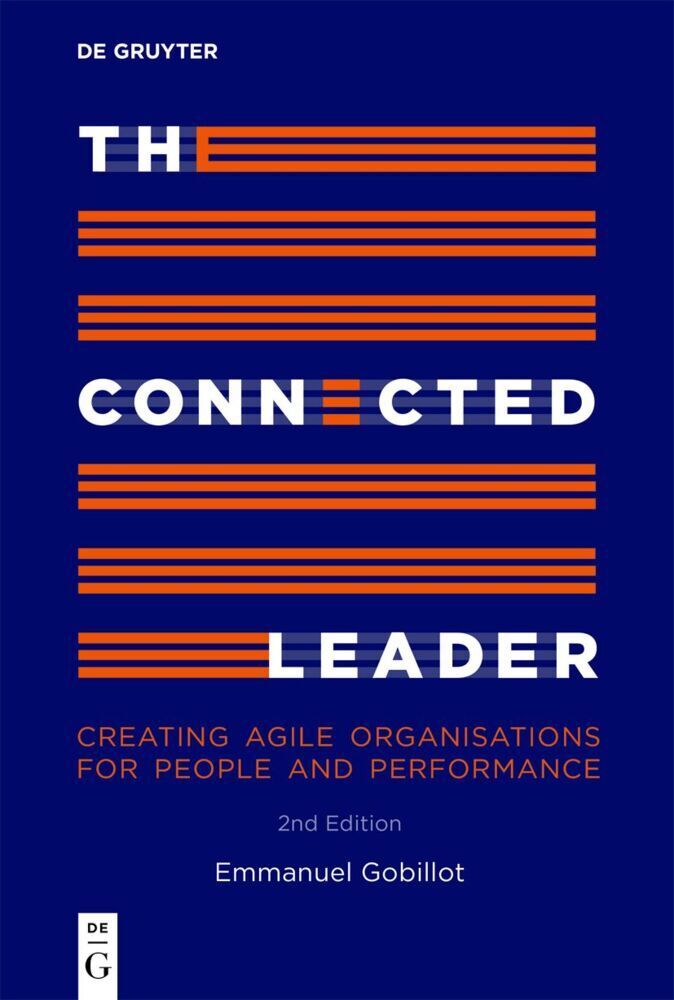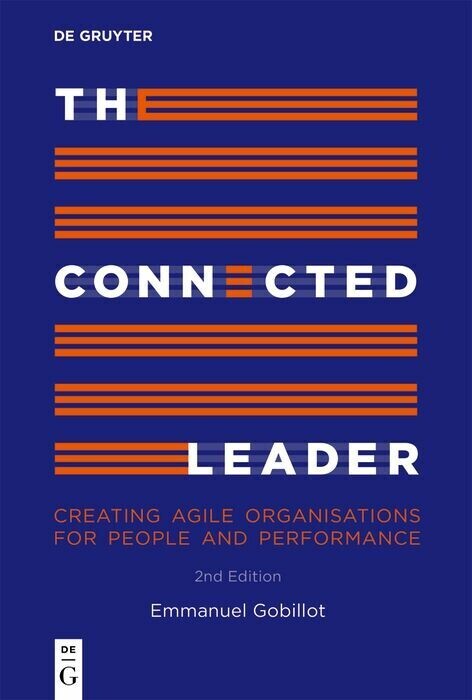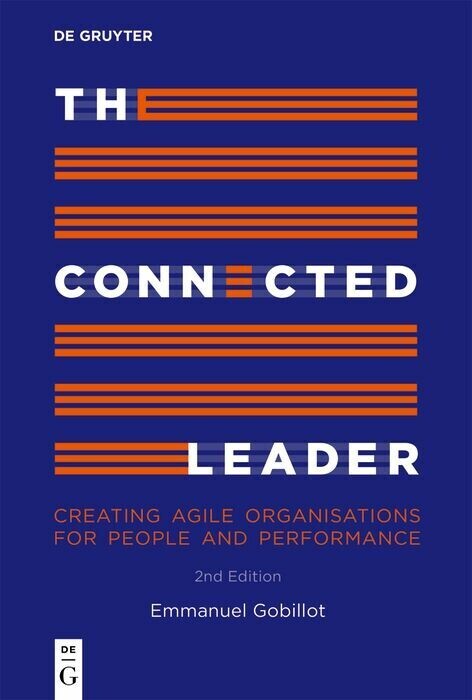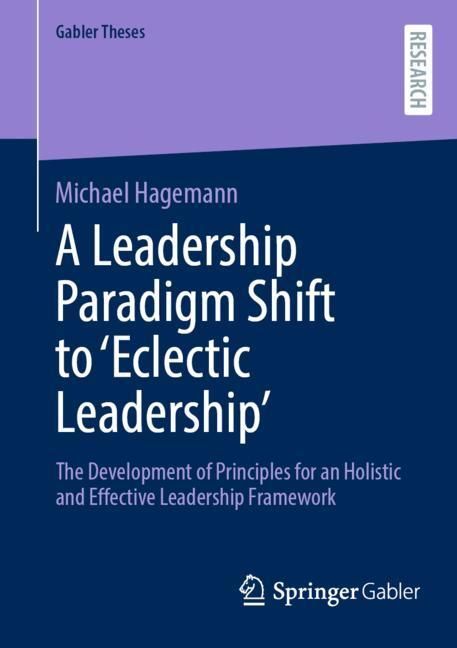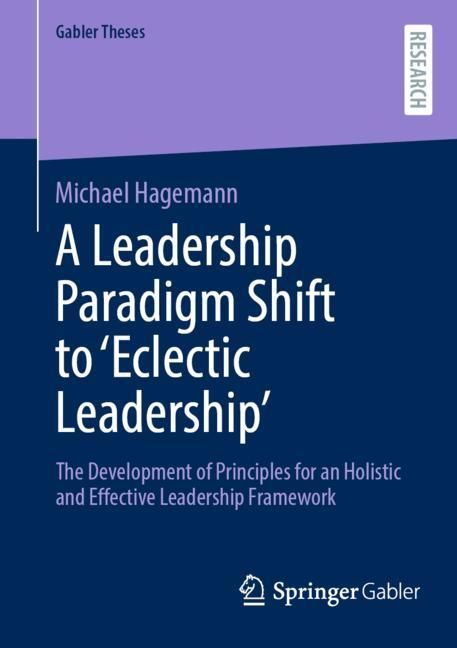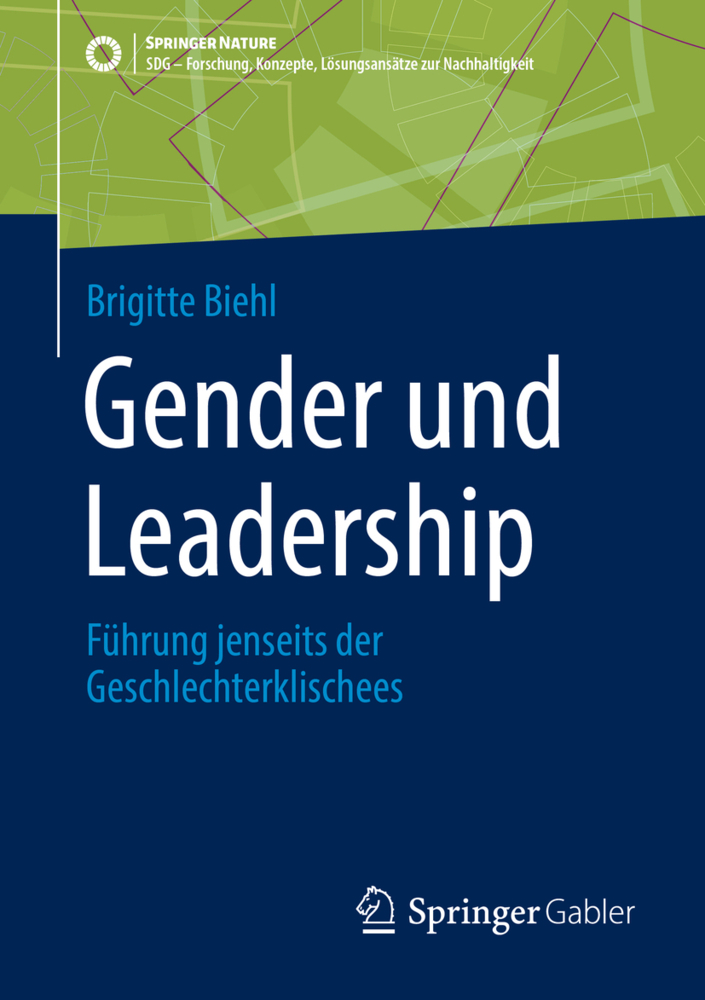Employee Engagement in Contemporary Organizations
Although researchers have made great strides in clarifying the meaning of employee engagement, scholars are ambivalent as to whether employee engagement is distinct from other constructs related to the employee-organization relationship, and it is argued that there is a need for further scholarly examination and exploration, particularly within the context of the rapidly changing work environment where twenty-first-century technology and behaviour meet twentieth-century organization, demanding innovative responses to the challenges of employee engagement.
Addressing this issue, this book reviews, analyses and presents evidence from academic researchers and supplements this with practice-based case studies from a range of international organizations. The author seeks to provide a coherent, consistent definition of employee engagement; clarity about its benefits; identification of its key features and attributes, and an understanding of how these are translated into practice; and insight into the most effective ways of measuring employee engagement in a meaningful way.
Paul Turner is Professor of Management Practice at Leeds Business School, Leeds Beckett University, UK, and has held similar roles at universities in Birmingham, Nottingham and Cambridge. In a long business career Paul held Executive and HR Director positions in FTSE and Fortune companies and was Vice President of the CIPD. Paul has written and co-authored a number of books on management and human resource development, including his most recent publication, Leadership in Healthcare (Palgrave Macmillan).
1;Preface;6 2;Acknowledgements;8 3;Contents;9 4;List of Figures;11 5;List of Tables;12 6;List of Case Studies;13 7;1 Employee Engagement and the Employee Experience;14 7.1;Employee Engagement Is a Source of Strategic Advantage;14 7.2;Employee Engagement at a Time of Disruptive Innovation and Continuous Change;16 7.3;Employee Engagement and the Future of Work;18 7.4;Employee Engagement; an Unparalleled Challenge; an Unparalleled Opportunity;20 7.5;Sense Making of and Adapting to Complex Environmental Forces;21 7.6;Case Study: Employee Engagement in Practice;23 7.6.1;Wojciech Zytkowiak-Wenzel, PhD;23 7.7;Revolution in Work; Reevaluation of Employee Engagement;25 7.8;Employee Engagement-Waves of Evolution;28 7.9;Employee Engagement-Content and Context;29 7.10;The Structure of the Book;31 7.11;References;34 8;2 What Is Employee Engagement?;40 8.1;The Practice and Theory of Employee Engagement;40 8.2;Definitions of Employee Engagement;43 8.3;Factors Influencing the Definition of Employee Engagement Over Time;46 8.4;Case Study: Employee Engagement in North America;50 8.5;Employee Engagement Is a Multi-faceted Construct;53 8.6;Employee Engagement Has Multiple Drivers or Antecedents;55 8.7;Conclusion;60 8.8;References;62 9;3 Why Is Employee Engagement Important?;70 9.1;Advocacy, Efficiency, Performance-The Case for Employee Engagement;70 9.2;Employee Engagement Is a Predictor of Organisational Performance;71 9.3;The Strategic Business Benefits of Employee Engagement;74 9.4;Strategic Service Benefits of Employee Engagement;78 9.5;Operational and Managerial Benefits of Employee Engagement;80 9.6;Case Study: Employee Engagement in the Asia Region;81 9.6.1;Sultan Mahmud, General Manager-Human Resources, Eon Group of Industries;82 9.7;People Management Benefits of Employee Engagement;85 9.8;Evidence of Outcomes of Employee Engagement Across Business Sectors;87 9.9;Conclusion-The Case for Employee Engagement;89 9.10;References;91 10;4 A Model for Employee Engagement;98 10.1;Employee Engagement-An Individual Construct in an Organisational Context;98 10.2;Synthesising Perspectives-A Model for Employee Engagement;101 10.3;The Psychology of Work;104 10.4;Case Study: Employee Engagement and Social Media;106 10.5;The Sociology of Work;108 10.6;The Organisation of Work;112 10.7;Engagement Driven Strategic HRM and HRD;114 10.8;Conclusion;116 10.9;Selected References;118 11;5 The Psychology of Work and Employee Engagement;125 11.1;Employee Engagement-When Supply Push Outweighs Demand Pull;125 11.2;Engagement Is a Psychological State;126 11.3;The Key Elements of the Psychology of Work;128 11.3.1;Meaning at Work;130 11.3.2;Emotional Presence;133 11.3.3;No Fear or Blame;134 11.3.4;Positive Mutual Regard;135 11.4;Case Study: Employee Engagement in China;137 11.4.1;Dr Xiaoxian Zhu, Senior Lecturer in Human Resource Management, Teesside University;138 11.5;The Antecedents of the Psychology of Work;140 11.5.1;At the Level of the Organisation;140 11.5.2;At the Level of Leaders and Managers;142 11.5.3;At the Level of the Team or Network;143 11.5.4;At the Level of the Job or Role;144 11.5.5;At the Level of the Individual;145 11.6;Conclusion;146 11.7;References;147 12;6 The Sociology of Work and Employee Engagement;153 12.1;Organisational Climate and Culture; Policy and Practice;153 12.2;There Is More to Work Than Work;154 12.3;Case Study: Employee Engagement and Leadership;156 12.3.1;Jon Davidge, Leadership Coach, Ascent Coaching;156 12.4;The Key Elements of the Sociology of Work;158 12.4.1;Organisational Climate and Culture;159 12.4.2;Work Demand and Resource Supply;162 12.4.3;Health and Wellbeing;164 12.4.4;Engagement with the Physical Working Environment;168 12.5;Conclusion;170 12.6;References;172 13;7 The Organisation of Work and Employee Engagement;178 13.1;People, Structure, Policies and Procedures;178 13.1.1;Organisational Structure-The Allocation of Formal Responsibilities;180 13.1.2;Organisational Leadership and Management;184 13.1.3;Organisational P
Turner, Paul
| ISBN | 9783030363871 |
|---|---|
| Artikelnummer | 9783030363871 |
| Medientyp | E-Book - PDF |
| Copyrightjahr | 2019 |
| Verlag | Palgrave Macmillan |
| Umfang | 292 Seiten |
| Sprache | Englisch |
| Kopierschutz | Digitales Wasserzeichen |

